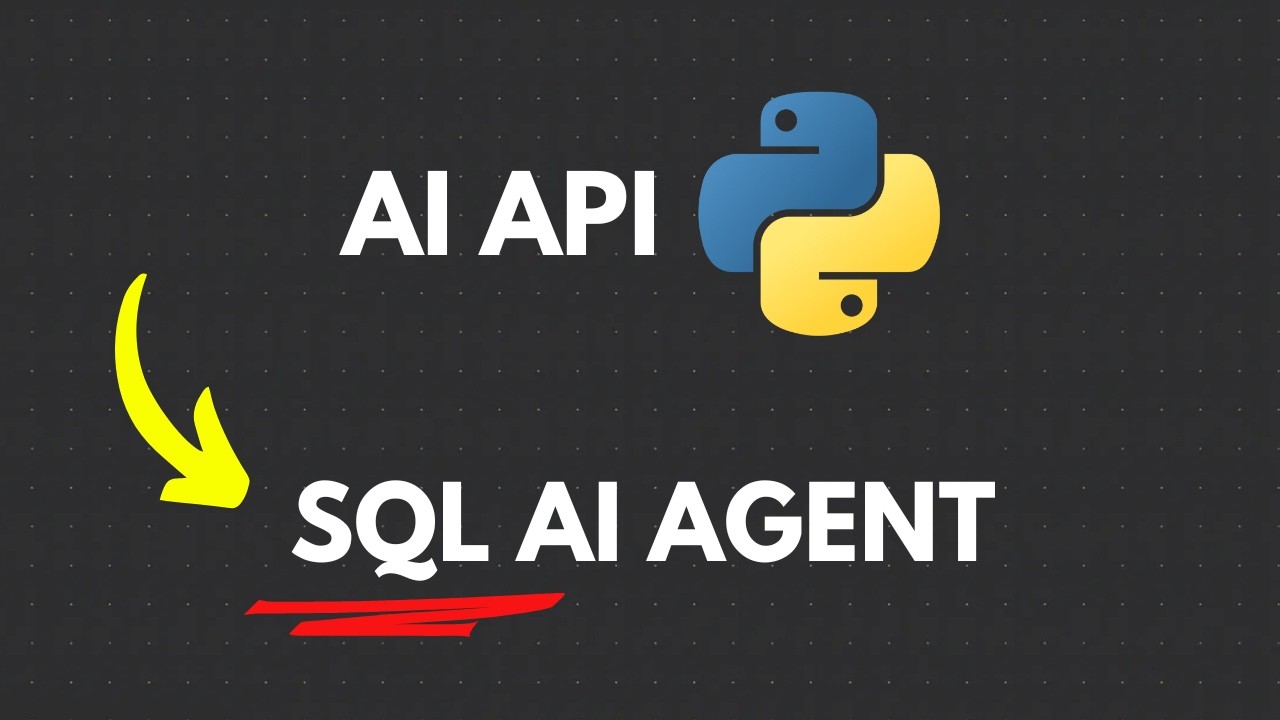The video demonstrates how to create an AI agent in Python that converts natural language queries into SQL statements using FastAPI, allowing users to interact with a PostgreSQL database without needing to write SQL themselves. The presenter guides viewers through the setup process, code implementation, and highlights the importance of API development skills, encouraging further exploration and enhancements.
In the video, the presenter demonstrates how to create an AI agent in Python that converts natural language queries into SQL statements, allowing users to interact with a database without needing to write SQL themselves. The project utilizes FastAPI to build a production-ready API that can generate and execute SQL queries based on user input. The video emphasizes the importance of core API skills for those interested in AI backend development or data engineering.
The demonstration begins with a visual overview of the setup, showcasing three terminal windows: one for the API server, one for sending requests to the API, and another for interacting with a PostgreSQL database. The presenter executes a curl command to send a natural language question, such as “How many customers with revenue over 1,000?” to the API. The API processes the request and returns the corresponding SQL query, which the presenter then runs in the database to verify the results.
The video explains the flow of how the AI agent works. When a user submits a natural language query, the API sends the request to OpenAI’s API, which translates the input into SQL based on the provided database schema. The generated SQL can either be returned to the user or executed directly against the database, providing immediate results. This process simplifies database interactions for users who may not be familiar with SQL syntax.
To set up the project, the presenter guides viewers through creating a PostgreSQL database on Render.com, a platform that offers free hosting for databases. The video details how to connect to the database and initialize it with dummy data, making it easier for viewers to follow along and test the AI agent. The presenter also highlights the importance of learning API development skills, recommending a structured course on DataCamp that covers building APIs in Python.
Finally, the video delves into the code implementation, explaining how to configure the environment, set up data models using Pydantic, and create API endpoints for generating and executing SQL queries. The presenter emphasizes the simplicity of the code, which can be condensed to under 100 lines, and encourages viewers to explore further enhancements, such as adding authentication or integrating with other tools. The video concludes with a call to action for viewers to like, comment, and subscribe for more content.
